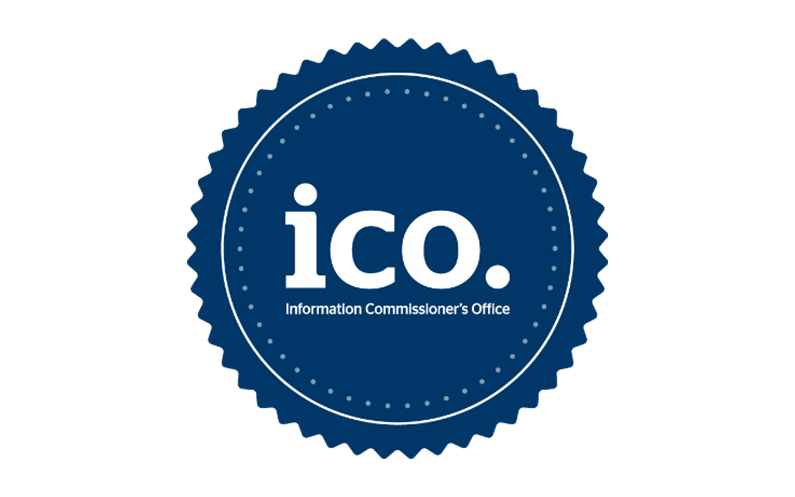Imagine creating content that resonates so deeply with half your audience that it turns the other half away. In this article, insights from an owner and a Social Media Expert reveal just how impactful polarizing content can be. It starts with the bold idea to challenge social media metrics and concludes with advocating for unconventional SEO practices. Discover these and five other compelling insights from our panel of experts.
Table of Contents
Boldly Challenge Social Media Metrics
If I were to create content specifically designed to alienate 50% of my audience while deeply connecting with the other 50%, it would be boldly opinionated on a polarizing topic within the industry. For instance, I might write an article or post titled, “Why Social Media Metrics Are Overrated for Measuring Real Marketing Success.”

This content would resonate deeply with those who feel that the current focus on likes, shares, and superficial engagement metrics misses the point of creating true business impact. Meanwhile, it would alienate those who believe that social metrics are essential indicators of brand health. By taking a strong, unconventional stance, the content might lose some followers, but it would build trust and loyalty with those who agree, positioning the brand as a thought leader that’s not afraid to challenge industry norms.
Andrew Lee Jenkins, Owner, Andrew Lee Jenkins
Advocate for Modern Car-Care Techniques
If I were to create content designed to alienate half of my audience while deeply connecting with the other half, it would focus on strong opinions about car-care techniques that are often debated within the automotive community. For instance, I could produce a video titled, “Why Traditional Waxing Is Outdated: Embrace Ceramic Coatings!” In this context, I would passionately argue against traditional waxing methods while advocating for modern alternatives like ceramic coatings that offer superior protection and longevity.
This type of content would likely alienate those who are loyal to traditional methods or who have been using waxes for years without issue. However, it would resonate strongly with tech-savvy car enthusiasts who are always looking for the latest advancements in vehicle care. By presenting compelling arguments backed by data and customer testimonials about the benefits of ceramic coatings, I could foster a strong connection with those who share my views while simultaneously pushing away those who disagree.
Argue for Regulating Tech Companies
If I were to craft content that alienates 50% of the audience but truly resonates with the other half, I’d probably dive into a controversial legal issue—something that strikes a nerve. Take, for example, the debate around freedom of speech in the digital age. I might argue that tech companies need to be more regulated in how they manage content and data. For some people, that’s a reasonable stance about protecting rights. For others, it could feel like an attack on free enterprise and individual freedoms.

This kind of content would immediately alienate those who value corporate autonomy over governmental regulation. But, for those who feel that the growing power of Big Tech needs to be checked, it could spark a deeper connection. The idea isn’t to ride the fence—it’s to be clear about where I stand, knowing that while half might walk away, the other half will lean in because I’m speaking directly to their concerns.
C.L. Mike Schmidt, Personal Injury Lawyer, Schmidt & Clark
Take a Stance on Industry Sustainability
If I could create content specifically designed to alienate 50% of my audience while deeply connecting with the other 50%, I would focus on a bold and unapologetic stance on a controversial issue that aligns closely with the brand’s core values and mission. For instance, a documentary-style video series exploring a divisive topic, such as sustainability in the industry, could be effective.
This series would feature passionate advocates and thought leaders who share their unfiltered opinions, backed by compelling data and personal stories. The tone would be raw and authentic, challenging conventional norms and calling out brands or practices that don’t prioritize sustainability. This approach could resonate strongly with environmentally-conscious consumers who value authenticity and are looking for brands that take a stand.
To further deepen the connection with this audience, we would create accompanying interactive content, such as polls and discussions on social media platforms, inviting viewers to share their thoughts and experiences. This would foster a sense of community among like-minded individuals, even as it risks alienating those who disagree with the perspective being presented.
Overall, this content strategy would be about prioritizing authenticity and passion, aiming to create a strong bond with a dedicated segment of the audience while intentionally provoking a reaction from those on the opposing side.
Shreya Jha, Social Media Expert, Appy Pie
Promote Unconventional SEO Practices

If I were to design content that might alienate half of my audience while deeply connecting with the other half, I would focus on a topic that is both polarizing and relevant to a niche group.
For example, I might write an in-depth analysis of the benefits of adopting unconventional SEO practices that challenge traditional methods. This content would dive into case studies showcasing local businesses that achieved remarkable success through innovative tactics, such as prioritizing user experience over keyword density. The goal would be to highlight how these approaches can outperform standard techniques that many in the industry still rely on.
I would use straightforward language and relatable examples to make the content engaging for those who are open to new ideas. This approach would likely resonate with decision makers who are eager to explore fresh strategies and stand out in a crowded market.
On the flip side, those who are committed to conventional methods may find this content challenging or even frustrating. By clearly defining the target audience and addressing their pain points, the content would create a strong connection with those ready to embrace change while pushing away those who are not.
Ramzy Humsi, Founder & CEO, Vortex Ranker

